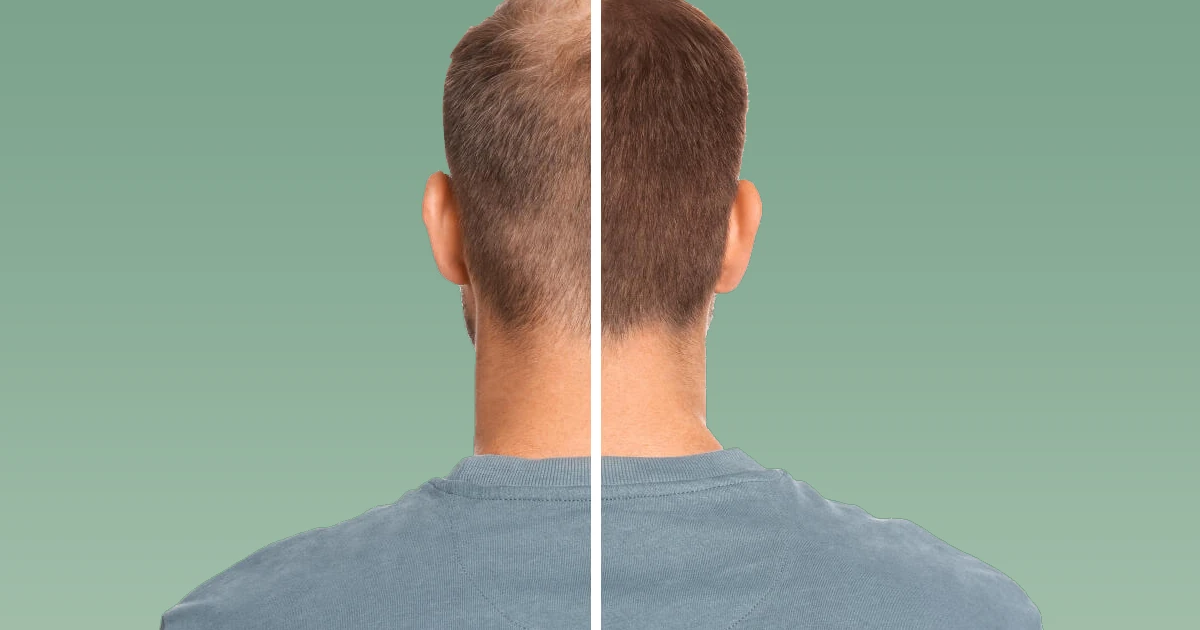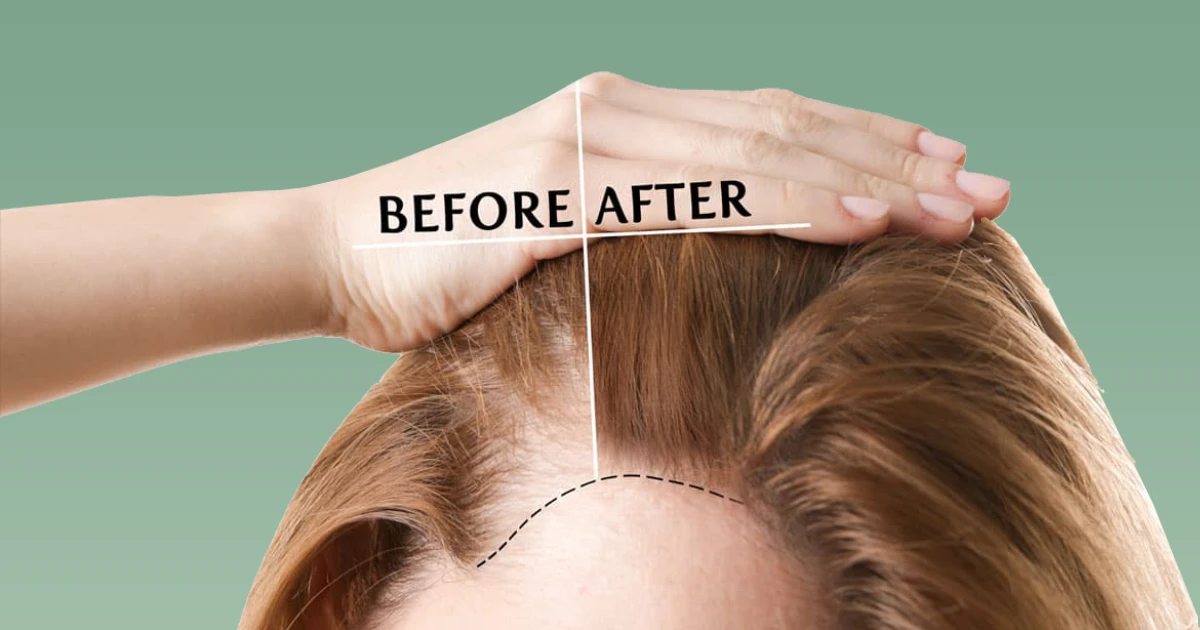Hair Transplant
One of the most annoying issues that almost everyone, whether male or female, finds most annoying is hair loss and baldness. This situation is caused by various factors such as genetic factors, stress, accidents and improper care applied to the hair and causes the person to lose their hair. With the rapid advancement of technology in recent years, we have the chance to intervene in problems such as hair loss and baldness. Moreover, the latest technologies have started to be developed to exclude factors such as pain and pain-related medication. From this point of view, hair transplantation has started to be seen as an ordinary treatment.
However, the issue to be considered here is to work with specialised physicians who offer a correct treatment plan so that both your health and the money you spend are not wasted. Izmir Clinic team, Turkey's best hair transplant clinics in order to offer you the best hair transplant clinics by making a thorough examination of only those clinics that can meet certain conditions.
Turkey is becoming increasingly popular due to its central location and the fact that it is a country that has trained many physicians specialising in hair transplantation treatment. Due to technological advancements and the fact that Turkey is also a tourist destination, it is also a good solution centre for anyone who wants to perform hair transplantation treatment within their holiday plans. In this article, we will try to provide those who want to have a hair transplant in Turkey with the information they are looking for.
What are the Types of Hair Transplantation?
There are two popular approaches to hair transplantation in Turkey. DHI hair transplantation and the increasingly popular sapphire FUE hair transplantation are the two most common techniques used for hair transplantation in Turkey.
DHI Hair Transplant
DHI Hair Transplantation or Direct Hair Transplantation is a procedure in which the hair follicles in the nape area are removed and transplanted directly to the balding area using a DHI pen. Although the technology options have started to increase due to both the increase in aesthetic requirements and the demand for factors such as the chance of success, DHI hair transplantation is the most popular example preferred in this field. DHI Hair Transplantation allows even those with weak hair grafts to benefit.
Modern hair transplantation techniques such as DHI allow maximum utilisation of the donor area. Methods such as DHI hair transplantation, developed for more frequent hair transplantation, work wonders in the field of hair transplantation. The success of hair transplantation continues to increase the interest in the procedure day by day.
Turkey is also a country with increasing popularity in this field. Clinics serving in cities such as Istanbul, Izmir and Antalya, which are developed both in tourism and health, are constantly following the technology in this field and trying to make DHI hair transplantation more accessible to everyone by making it a trend.
Sapphire FUE Hair Transplantation
Sapphire FUE hair transplantation method is a procedure in which the extracted hair follicles are transplanted to the balding area by making v-shaped incisions in the donor area using sapphire-tipped blades. Although it is a method that provides results beyond expectations even for patients with severe hair transplantation complaints, examining whether there is enough hair in the area where healthy follicles will be removed is critical for the success of the procedure.
Both Sapphire FUE and FUE hair transplantation are performed with the same stages. While the follicles to be transplanted in the FUE technique are collected using hair transplantation instruments, the difference of Sapphire FUE emerges during the canal opening stage in the donor area. In the Sapphire FUE technique, the U-shaped steel blade used in the traditional FUE technique is replaced by sharper sapphire blades made of natural sapphire stone and aluminum alloy.
How Much Does Hair Transplant Cost?
As in the rest of the world, there are various factors that affect hair transplantation costs in Turkey. The quality of the equipment used, location, expertise and similar reasons are the factors that determine the hair transplantation costs in Turkey.
DHI Hair Transplantation Cost in Turkey
DHI Hair transplantation may be more costly compared to other methods, including the FUE method. However, clinics serving in Turkey can offer more economical and successful results than the world average. Thousands of tourists come to Turkey every year to have hair transplantation, especially in cities such as Istanbul, Izmir and Antalya. These three cities host affordable and successful clinics for hair transplantation.
The most important factor that increases the DHI technique is undoubtedly the specially produced hair transplantation pen. Additionally, since using a hair transplant pen requires surgical expertise, this also causes increased labor costs. It is possible to find different hair transplant surgeons in Istanbul, Izmir and Antalya where you can have this procedure done.
Hair transplantation in Turkey offers many advantages that make it known worldwide as a suitable destination for hair transplantation. Türkiye is a very attractive option for high-cost hair transplantation procedures such as DHI. The cost of DHI hair transplantation varies between 1500 euros and 4000 euros in Istanbul, Antalya and Izmir.
Cost of Sapphire FUE Hair Transplant in Turkey
The cost of Sapphire FUE Hair Transplant is higher due to the valuable tips used in the procedure and the increased professional experience required to perform it, as in the DHI technique. Like in the DHI technique, the Sapphire FUE technique is also a significant destination in Turkey because clinics in Izmir, Istanbul, and Antalya have expert surgeons on their staff.
Many tourists from America, Europe and England who want a hair transplant come to Turkey. The main reason is that the FUE technique is more economical in Turkey. Sapphire FUE Technique costs between 1000 euros and 3000 euros.
Frequently Ask Questions
Choosing the right type of hair transplant surgery can be tricky. Whether it’s DHI or FUE, the vast amount of information out there can be overwhelming.
Typically though, the FUE technique tends to be the most popular option, especially for older men who are bald or who have thinning hair.
DHI on the other hand, is recommended for patients who have less advanced hair loss as this tends to suit the smaller number of grafts typically used during a DHI surgery. On the other hand, DHI tends to be the most expensive method, and so this may make FUE a better option for patients who are on a tighter budget.
It's also worth noting that your eventual treatment choice will also be partly based on advice from your doctor.
Simply put, a follicular unit is a group of two, three, or four hair follicles. A graft simply refers to a piece of living tissue that is surgically moved from one body site to another, without bringing its own blood supply with it. After it is placed into the target site, a new blood supply will grow in.
Typically, the procedure takes between 4-8 hours. The length of hair transplant surgery varies, based on the number of grafts required and the size of the surgical team. Since it’s done under local anaesthesia, the patient is fully awake and can read, watch TV, have conversations, or even eat during this time.
After hair transplant surgery, you can walk around and resume the majority of your normal day-to-day activities. You’ll need to wear a bandage on your head following your treatment, but this can be removed the day after your procedure. In the first 1-2 weeks following treatment, the transplanted and donor area may be swollen, red, and tender, but this will ease gradually between 2-3 weeks after the surgery. Even with some redness and tenderness, you can still resume light activities after a couple of days and return to work 2-3 days after their treatment.
A month on from treatment, you’ll be able to exercise again, including swimming. Hats can be worn after 10 days, however, hard hats should not be worn until four weeks after the surgery.
Hair transplantation is a simple, minimally-invasive, and relatively low-risk medical procedure. As with any surgical procedure though, there are risks associated and potential side effects. These may include bleeding, infection, swelling of the scalp and/or forehead, scarring, and uneven hair growth. However, most post-op issues can be avoided if the treatment is well-planned and carried out by a qualified and experienced specialist.
Is full coverage possible? This is a common query amongst hair transplant patients and is, unfortunately, one that cannot be answered with a definitive yes or no. As is often the case with hair transplant surgery, it’s dependent on a number of factors. These include how much hair you have before treatment, your type of hair, any possible evidence of future hair loss, and your doctor’s expectations for the hair restoration surgery.
A single transplant is usually designed to be a stand-alone procedure but a second one can enhance the results of the first. Patients usually choose to go for a second hair transplant in order to achieve more density or coverage.
Unlike back in the 80s and 90s — when the sight of unnatural-looking hair plugs was prominent — modern techniques used for hair transplant surgery allow hair to be implanted individually and with excellent accuracy. This allows specialists to create extremely natural-looking results, with transplanted hair looking no different to the rest of the hair on the head. This means that, depending on the changes in coverage that your hair transplantation brings, it certainly won’t be obvious to a passer-by that you’ve had undergone hair transplant surgery.
Treatment Types

DHI Transplant
Experience a revolutionary solution to hair loss with DHI transplant. Bid farewell to thinning hair and embrace a natural, fuller mane. Our skilled surgeons use advanced techniques for seamless results. Schedule a consultation to embark on a journey towards regaining confidence and restoring your youthful appearance with thicker, healthier hair.
Beard Transplant
Achieve the beard of your dreams with a beard transplant. Say goodbye to patchy growth and hello to a full, thick beard that exudes confidence. Our skilled team ensures a seamless procedure tailored to your desired style. Schedule a consultation today and embrace the opportunity to redefine your masculinity with a vibrant, natural beard.
Platelet Rich Plasma (PRP)
Revitalize your skin with Platelet Rich Plasma (PRP) therapy. Harnessing your body's natural healing power, PRP stimulates collagen production, reducing wrinkles and rejuvenating your complexion. Our expert team ensures a safe and effective procedure tailored to your needs, restoring your skin's youthful glow. Schedule a consultation today and unveil a revitalized, radiant complexion.
Sapphire Fue Hair Transplant
Experience cutting-edge hair restoration with Sapphire FUE hair transplant. Bid farewell to hair loss concerns and welcome back a natural, fuller head of hair. Our advanced technique ensures precise and seamless results. Schedule a consultation today to embark on your journey towards thicker, healthier hair and renewed confidence.






